On November 7, the German government decided to implement a less attractive immigration policy in order to curtail the number of newly arriving migrants. A week later, on November 14, the French Senate also adopted a new, stricter immigration law, while Austria advocates resettling illegal immigrants to a non-EU third country.
Meanwhile, Italian Prime Minister Giorgia Meloni announced on November 7 that her government's decision to use migrant facilities established in Albania could serve as a model for future cooperation between EU member and non-member states in the management of the migrant influx. The agreement basically contains three goals: combating human smuggling, preventing illegal migration flows, and admitting entry to only those already entitled to international protection in Europe.
The agreement signed in Rome by Meloni and Albanian Prime Minister Edi Rama states that migrants rescued at sea by Italian authorities will be sent to Albania. This does not apply to prior arrivals in Italy, to those picked up by NGO-operated research and rescue ships, or to children, mothers and other vulnerable individuals. Italy would set up the first reception and screening centers and manage the identification and disembarkation processes. In 2023, Italy received more than 145,000 illegal immigrants. Meloni stated that when the centers in Albania open in the spring of 2024, they will initially be able to receive around three thousand people, adding that Rome intends to increase their capacity to handle 36 thousand migrants a year.
The Albanian solution produces many consequences, two of which are particularly important: the viability of the solution and its impact on the Balkan route. In terms of viability, the primary issue is the repatriation of migrants to sub-Saharan Africa. This problem is not addressed by this approach, as either there are no such agreements, or the cost of deportation is too high, or African countries are unwilling to readmit their citizens.
Moreover, Albania is only delaying the migrants' path to the EU by placing illegal immigrants at the gates to the EU. This will not deter them from trying to break into the EU, as Albania is a European country close to Italy and other EU countries such as Croatia.
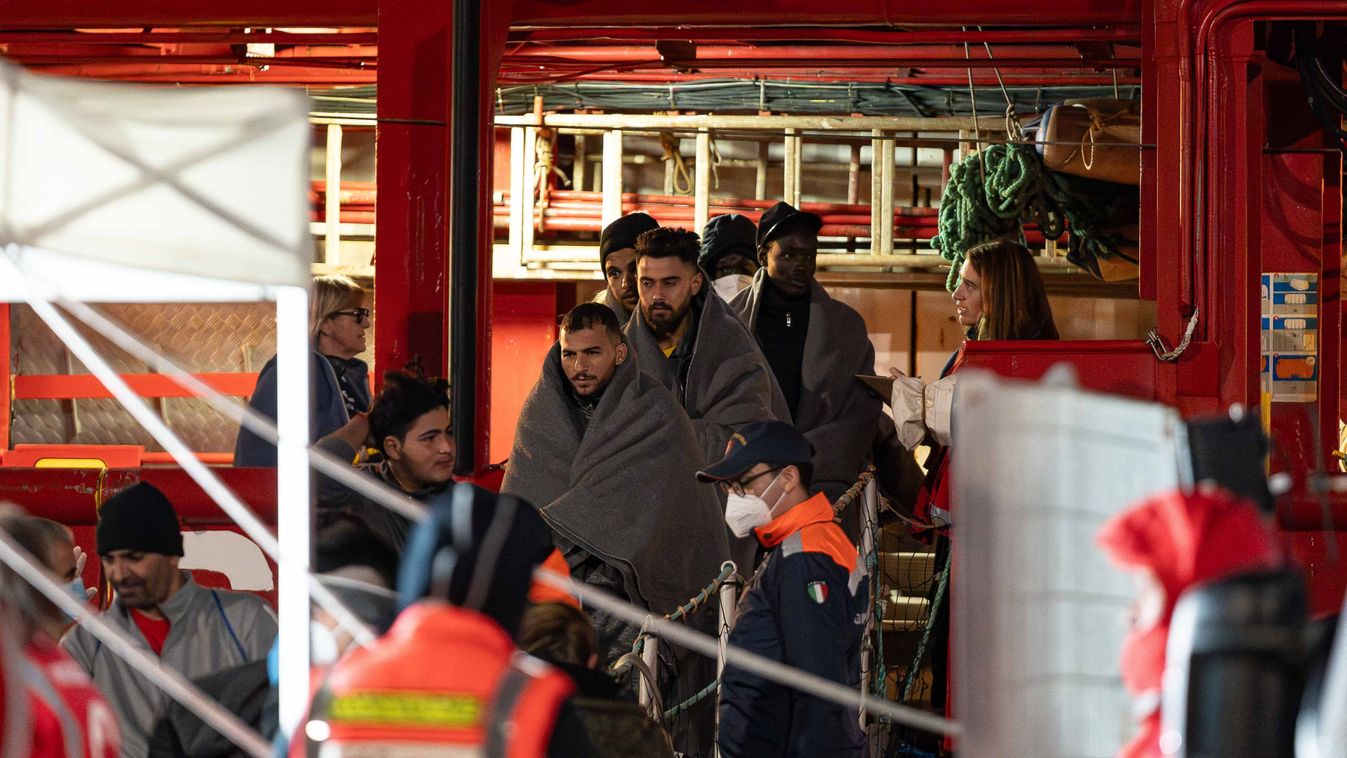
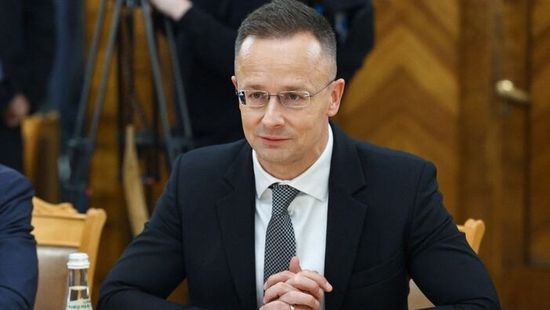
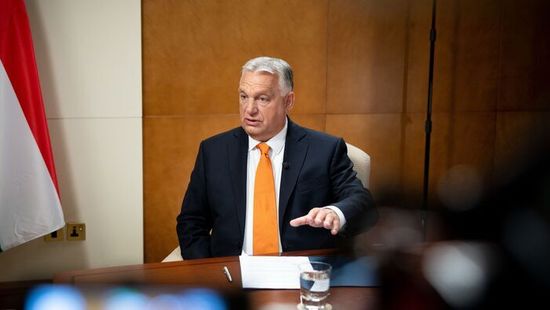
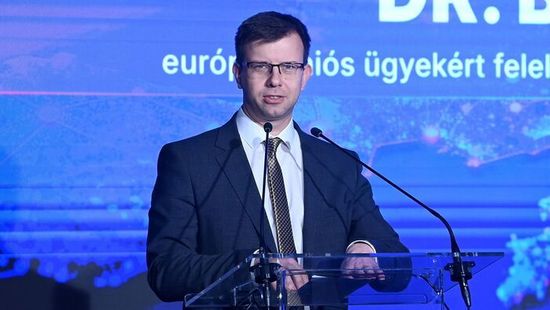



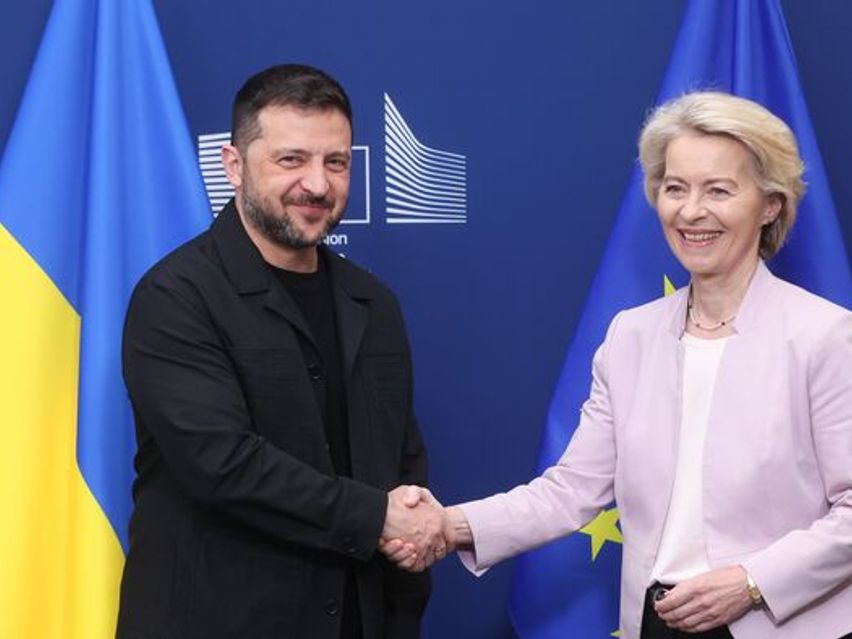
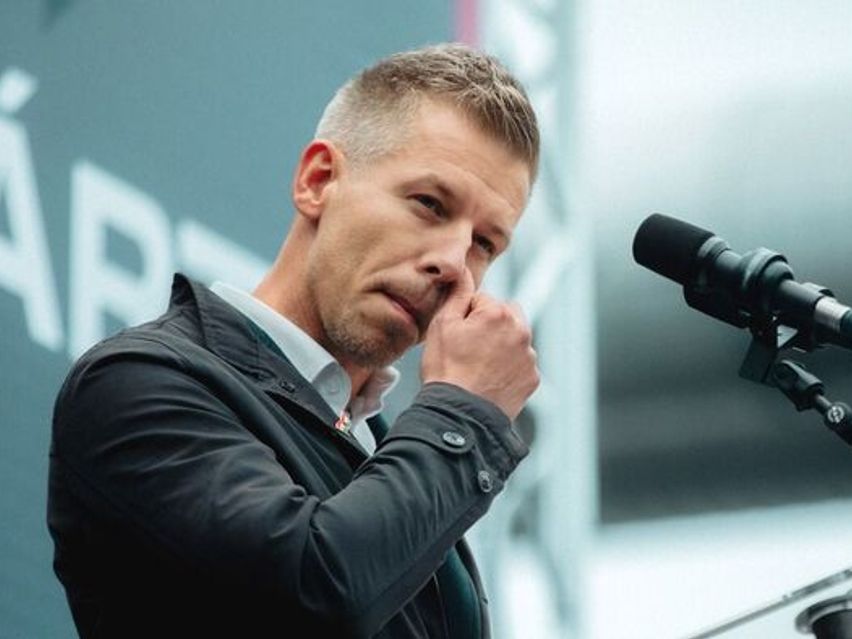
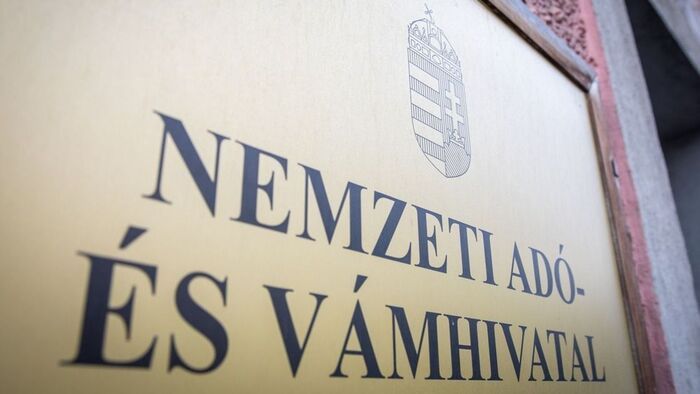





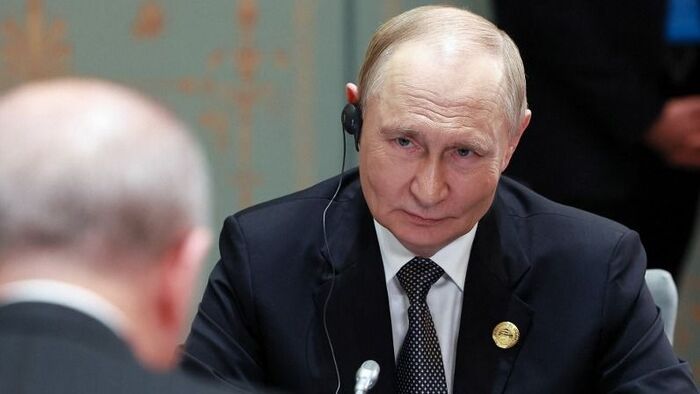

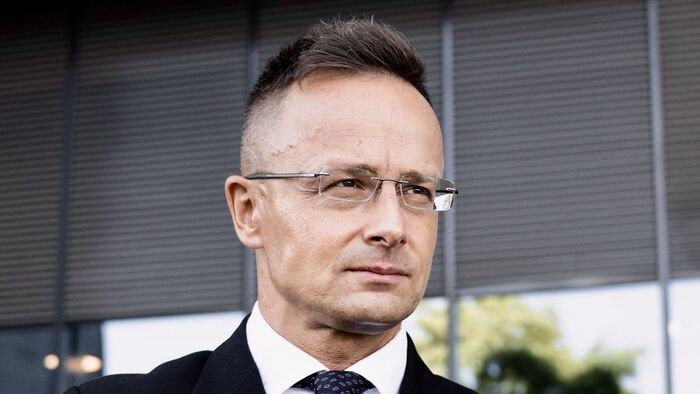





Szóljon hozzá!
Jelenleg csak a hozzászólások egy kis részét látja. Hozzászóláshoz és a további kommentek megtekintéséhez lépjen be, vagy regisztráljon!